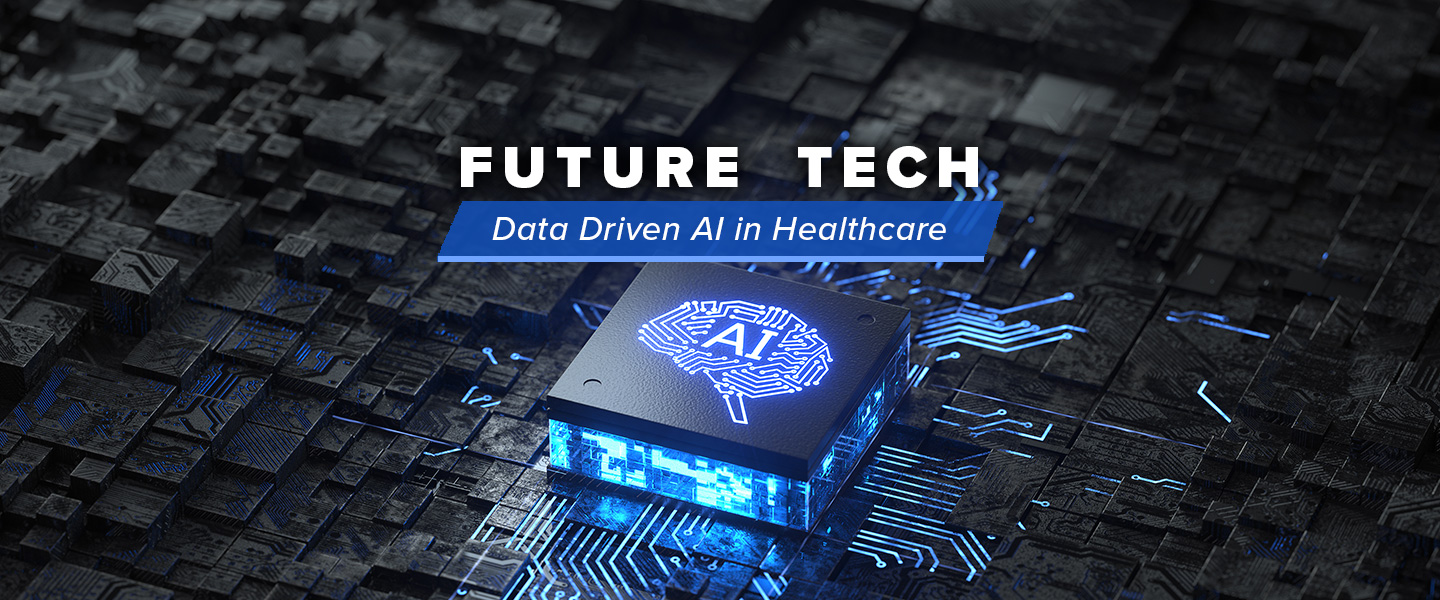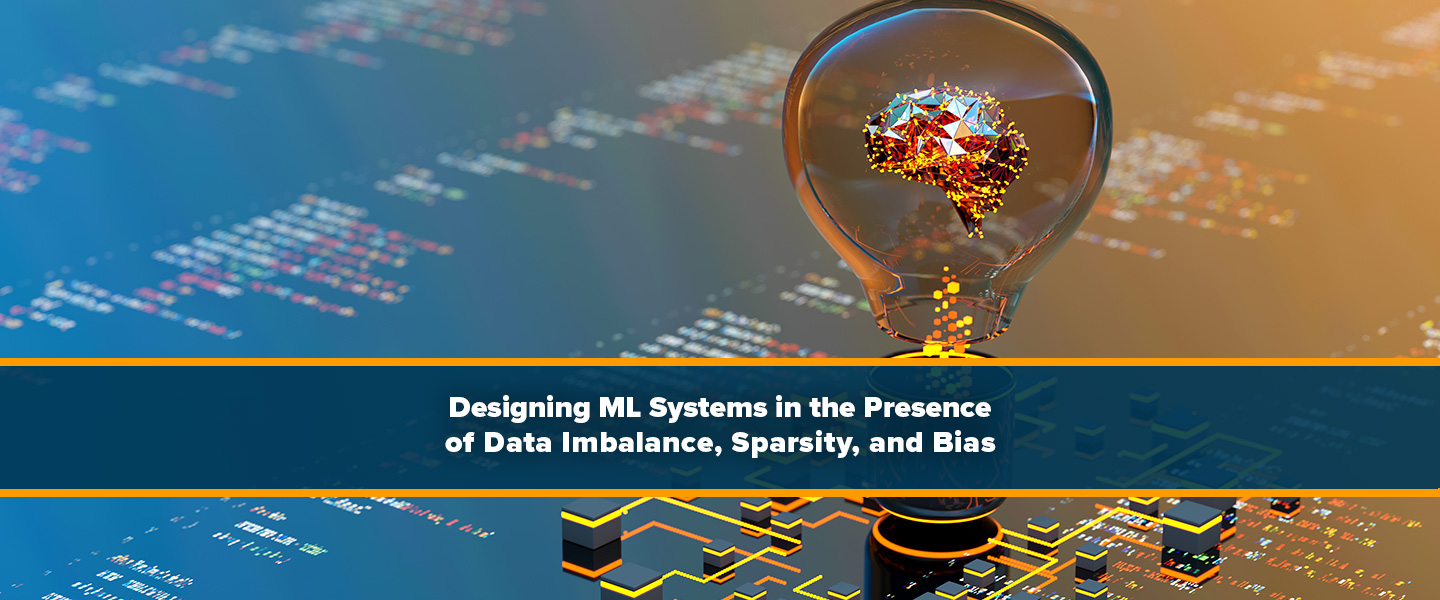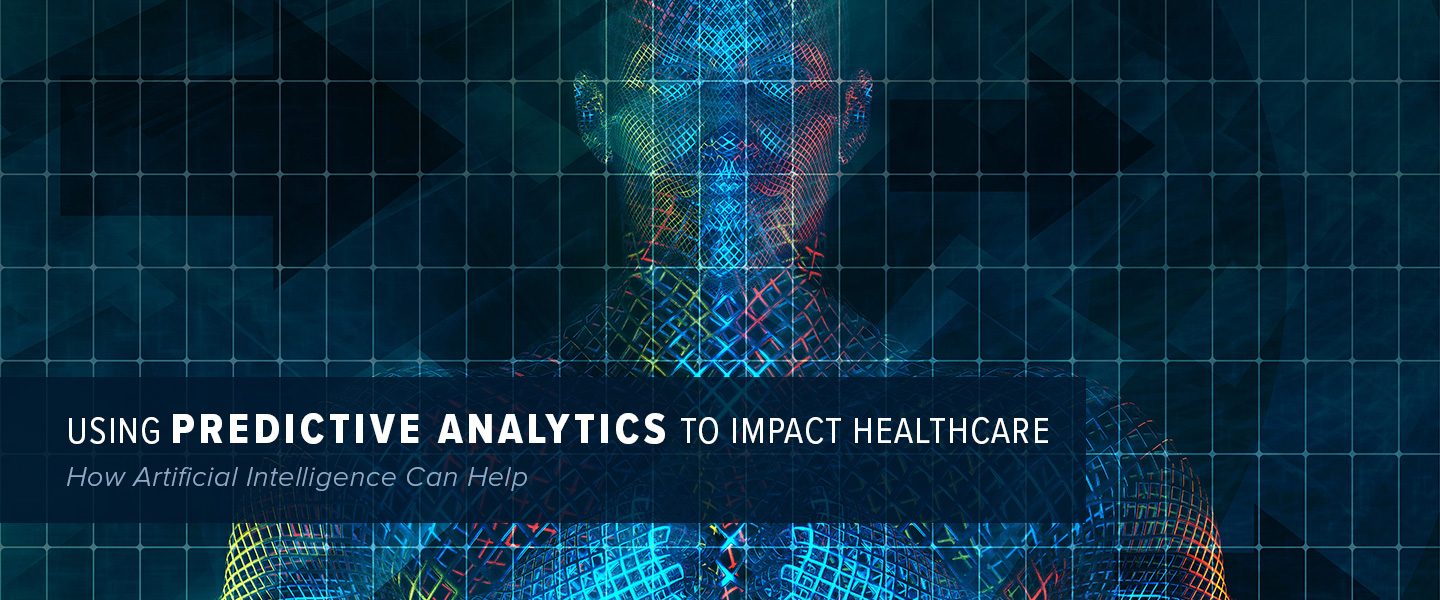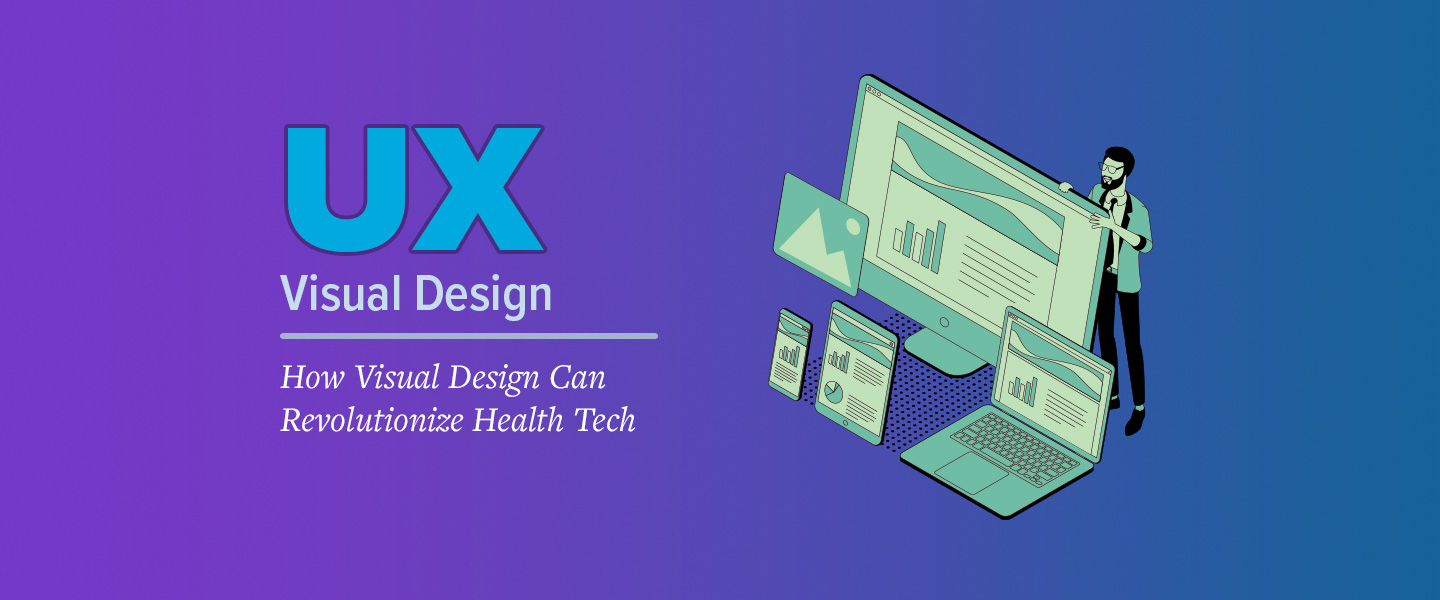Technology’s impact on healthcare was felt widely during the pandemic. We witnessed years of acceleration take flight in what felt like months. The pandemic exposed gaps and opportunities for the use of real-world data and evidence as the world collectively worked to save lives and manage a raging virus. We also saw the rising use of Artificial Intelligence (AI) to better understand health data, particularly population health. The field of AI covers a wide range of technologies, but here we will review the impact of data-driven decision-making on healthcare.
Data-Driven Decision-Making
What is data-driven AI? It refers to computational models that can transform data into labels or decisions. The model itself is derived from pools of available data that are already labeled. In a training process, we modify the model’s parameters such that predicted labels best match the ground truth labels. With the right model, the right method of tweaking the model’s parameters, and enough data, one can arrive at a model that can make accurate and reliable predictions on new, unseen data.
The last few years have marked significant progress of these ideas in many consumer and industry-facing machine learning applications such as facial recognition, medical image processing, text sentiment classification, and autonomous technologies. An example of this accelerated progress is the task of image recognition on the ImageNet benchmark dataset. In this task, a system is presented with a picture of an object, and the system must provide a label of what it is viewing. These are relatively generic images, like cars, birds, frogs – each has one label, but that one label can have up to 1000 possible values.

The graph on the right shows the top label’s prediction accuracy and illustrates how far technology has advanced in the last eight years alone. Early in 2012, we were at 50% accuracy, meaning a label was right half the time. Now, in the machine learning community, we are at 90% accuracy – it is right 90 percent of the time.
How have things improved so much?
One reason is that computer models have evolved and can use larger amounts of data – better. In the past, machine learning performance would saturate. Now we have models with a much higher modeling capacity, and as a result, can make better use of a large quantity of data. Another trend we see is larger standardized data sets and benchmarks, for example, GLUE, SuperGLUE, and ImageNet, so the community can track its collective progress. Along with bigger models, there has been a similar increase in compute capacity with graphics processing units (GPUs) and Tensor Processing Units (TPUs) in compute clusters.

Source: https://frankdenneman.nl/2020/02/19/multi-gpu-and-distributed-deep-learning/
So what does this mean for healthcare?
In healthcare, we see the emergence of cloud and compute systems that can ingest, aggregate, and manipulate different kinds of data. At the same time, we have this emerging technology that works well with large amounts of data (ranging from structured or unstructured, raw pixel, or text). A natural question is ultimately how we can use AI to improve the effectiveness and value of healthcare.
AI can help in a few ways. First, as a supportive technology, AI can help automate aspects of the administrative workflow and reduce administrative costs and burdens. Many pain points in the workflow need manual intervention resulting in care providers communicating or exchanging information manually, through fax or phone call. Yes, in healthcare, we are still using fax machines in 2021. We can solve much of this with better standards and data exchange formats; as AI and natural language processing (NLP) can handle larger, more semantic problems, we can automate some of this. Though it may be some time before a system with full cognition emerges, given advances in natural language processing, the prospect of AI agents that can consume and act on policy manuals and billing guidelines within a health care system is hopeful.
Before full cognition, AI-assisted tools can help administrators spot errors, extract codes, extract missing charges, forecast claim outcomes from historical data, or simply pre-fill forms to preserve time for patient care. Some of this is available today, like systems that can code medical records, either fully automatically or as an assistive tool that can uncover missing chargers and errors in coding. There are a lot of opportunities here to streamline workflows with healthcare AI and machine learning.
AI can also help when we look at healthcare as a data-streaming system.
The healthcare ecosystem is heterogeneous and has different silos. However, if we implement APIs and interoperability between these data sources, we can refactor the data into streams that help us better understand certain aspects. For example, to support patient-centric healthcare, we can look at patient data to track what is happening to an individual as they move through the healthcare system. We can also track trends from an individual care provider’s perspective or the progression of a disease or diagnosis. This analysis can be done with great detail by tapping into unstructured data sources, such as doctor notes and lab results.

Given this kind of data access and different ways of factorization, there is a lot to discover. For example, we can flag behaviors and recognize early interventions based on historical patterns. We can look at how costs are coupled with transactions and how they impact patient outcomes across providers. We can create transparency in an effort to establish a true partnership among stakeholders.
From cost profiles, we can identify waste or fraud, or even missing charges. We can find targeted cohorts for clinical trials. We can also evaluate health plans’ effectiveness and personalize them or identify groups of people that could be better served by tailored programs based on their current health trajectory. Ultimately, we can strategically fuse standard of care and precision medicine to give a sustainable operating point for patient outcomes and costs.
As the technology landscape changes, there are continued opportunities in AI to optimize and automate care. We are building systems that are capable of streamlining the interactions between providers and payers to ultimately enable better and more cost-effective care to patients. We continue to see the healthcare landscape evolving in ways that promote interoperability, collaboration, and the right applications of technology, including artificial intelligence, to enable better patient care, outcomes, and value.








